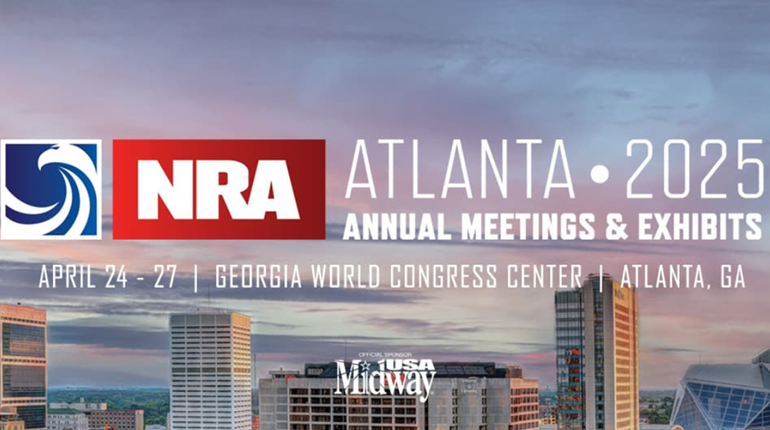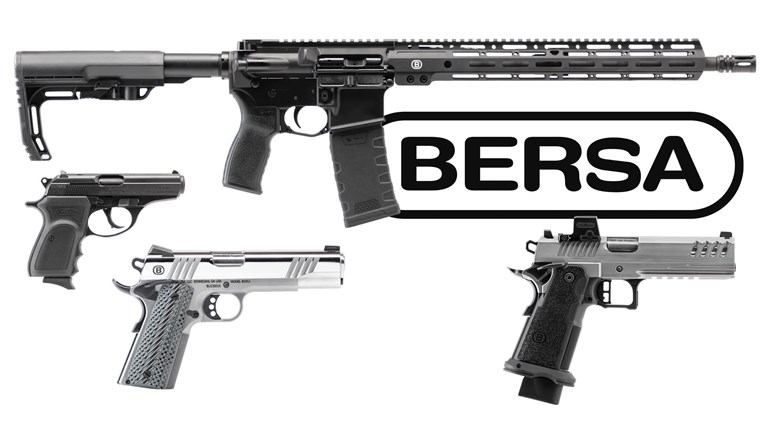
Gather 'round, boys and girls! Auntie Tamara has a story to tell!
Back in the early 1990s, when I first got into the gun-selling business, it was the tail end of the great period of transition for American law enforcement agencies from revolvers to semi-automatic pistols. Smith & Wesson revolver collecting, as we know it today, was in its infancy and mostly revolved around pre-war N-frames and such. As a consequence, catalogs from wholesalers were just awash in 4-inch, medium-frame wheelguns for stupid-cheap prices.
If you were ordering three or more, prices to the retailer were less than $100, and sometimes much less. They’d often languish in showcases because, at the time, they just weren’t cool. Look at “Lethal Weapon”: Mel Gibson was the younger, hipper cop with the semi-auto. How did they let us know that Danny Glover’s character was “getting too old for this” and about to retire? He carried a revolver.
Our shop had taken a plunge on a few of the guns, and there they sat, with the dust accumulation needing to be wiped off every so often as people passed them up for the newer and cooler guns. And that’s when I had an idea ...
There was one demographic in our shop who didn’t care about how new and cool a gun was. People buying homes in the new subdivisions popping up here and there in the area were getting their first taste of life “in the country,” where they might hear the sound of someone target-shooting in the back 40 for the first time. Similarly, it might be their first home in a place where the only deputy available on the other end of a 911 call was half a county away at 3:00 a.m.
These folks didn’t much care about what was cool in the theaters at the time, and they didn’t read gun magazines. They just knew that for the first time in their lives, they felt the need to keep a gun in the house. Some wound up with shotguns. Many bought the ubiquitous, inexpensive .22 rifles that are a fact of housekeeping in places where raccoons and coyotes can be a problem and “Animal Control” might consist of a dispatcher snickering behind her hand and asking why you were calling about a critter in your garden.
A large percentage, though, wanted handguns, and that’s where I found the new use for all those dirt-cheap police trade-in revolvers.
With wholesale prices as low as they were, it was easy to take a simple 4-inch K-frame .38 Spl. and package it with all the necessities of life for the novice gun owner: An old holster from the trade-in bin, an inexpensive plastic case that could be locked, a cleaning kit, earmuffs, shooting goggles and a box of target ammunition for practice. Add in one box of hollow-points for self-defense and you’d make a complete, self-contained Home Defense Handgun Total Newbie Starter Kit. All this stuff could be bundled together for well under the cost of the cheapest half-decent new handgun and they were getting a tried-and-true self-defense heater that had been debugged during the Roosevelt administration (the gun-slinging Roosevelt, not the other one).
I’d throw a business card or two from local NRA instructors into the bag with their new purchase and send them on their way, and I’d get a little thrill of happiness when I’d occasionally bump into them later at the range. In later years, at other shops, I repeated this practice any time I managed to score a good deal on a quantity of handguns. Sometimes I was able to arrange to include a coupon for an introductory handgun course or CCW-permit class in with the package price.
What brought this memory to mind recently is the FBI’s going to the 9 mm cartridge. This is having obvious reverberations through the firearms landscape. When the Feds sneeze, local and state agencies catch a cold, and the cold that’s been caught seems to have dumped a ton of .40 S&W and .45 ACP trade-in guns on the market. Mostly Glocks, sure, but a number of scuffed LE trade-in SIG Sauers, Heckler & Koch’s, Smith & Wesson’s, etc. have been everywhere at most of the recent gun shows I’ve attended.
Now, some of these may be good buys for collectors or sport shooters, filling niches as spare guns for matches or classes, but what drew my eye were the prices on the Glocks, especially. The .40-caliber Gen3 G22 was the most ubiquitous law enforcement sidearm in the U.S.A. for probably the last 20 years. It was the early-21st-century equivalent of the Smith & Wesson Model 10, and you couldn’t swing a dead cat at the gun show without hitting a pile labeled “Your Choice” with a price $150 (or even more, in some cases) less than a new equivalent would cost.
You know, packaging some of those with all the accoutrements a beginning shooter would need to start out, including a box of some variety of reduced-recoil .40 S&W JHP, like Federal Premium Personal Defense Low Recoil ammunition, would probably be a winner.




































